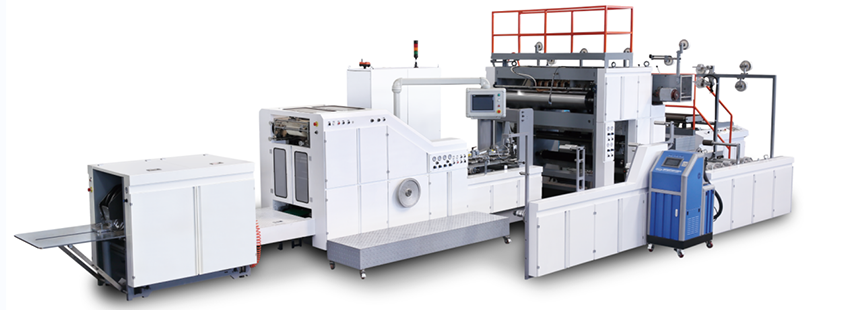Creating a square - shaped paper bag from wrapping paper is an engaging DIY endeavor. It allows you to recycle unused wrapping paper, offering an eco - friendly option. Whether for storing small items or as a unique alternative to store - bought bags, this project is both practical and creative. Let's delve into the detailed process of crafting a square paper bag using wrapping paper.
Materials Needed
- *A sheet of wrapping paper (opt for a larger size, like A3 or a long, wide roll if available. For a standard - sized square bag, a sheet around 20 x 20 inches can be suitable)
- *Tape (clear packing tape or double - sided tape)
Step - by - Step Instructions
Step 1: Prepare the Paper
- Lay the wrapping paper flat on a clean, large surface. Use the ruler to measure and mark a square on the paper. For example, if you want a 10 - inch square bag, measure and mark 10 - inch increments along two adjacent sides of the paper. Connect the marks to form a perfect square.
- Cut out the square using scissors. This square piece of wrapping paper will be the main body of your bag.
Step 2: Create the Sides
- Fold the square paper in half diagonally, both ways. Crease the folds firmly to create clear lines. These diagonal folds will help in shaping the bag's sides.
- Open the paper back to its original square shape. Now, fold one side of the square towards the center along one of the diagonal creases. The edge of the paper should meet the center point of the square. Do the same for the opposite side. You will now have a diamond - shaped piece with two overlapping triangular sections.
- Repeat this process for the other pair of opposite sides. After folding, you should have a shape that resembles a flattened, square - based pyramid. Tape the overlapping edges of the triangles on the inside of the shape to secure the sides.
Step 3: Form the Bottom
- At the bottom of the now - shaped bag, fold up a small section (about 1 - 2 inches) all around the perimeter. Crease these folds.
- Take the four corner triangles that are formed at the bottom due to the side - folding. Fold these triangles up towards the top of the bag and tape them in place on the inside. This will create a flat, square bottom for the bag.
Step 4: Reinforce the Bag (Optional)
- If you plan to use the bag to carry heavier items, you can reinforce it. Cut four strips of wrapping paper or thin cardboard. The strips should be long enough to go along the inside of the bag's sides.
- Tape these strips along the inside of each side of the bag, starting from the bottom up to the top. This will add extra strength to the bag.
Step 5: Add Handles (Optional)
- To make handles, cut two long, narrow strips of wrapping paper. The width can be around 1/2 - 1 inch, and the length should be sufficient to comfortably hold the bag. For a medium - sized bag, strips around 12 - 15 inches long can work well.
- Punch two small holes on opposite sides of the bag, near the top. Thread one end of each handle strip through a hole and tie a knot on the inside of the bag to secure the handle.
Comparison with Paper Bag Machines
While the DIY method of making square paper bags from wrapping paper is great for small-scale, personalized projects, it also has its drawbacks. Handmade bags are time-consuming to produce, and each bag requires individual attention to the folding and taping process. The precision of size and shape can also vary from bag to bag.
This is where paper bag machines offer a significant advantage. Paper bag machines are industrial-grade equipment designed for large-scale production. They can produce large quantities of paper bags of various shapes in a short period of time. These machines operate with high precision, ensuring that each bag is exactly the same size and quality. They use automated processes to cut, fold, and seal the paper, and can even add handles and perform printing operations.

For businesses that need a large quantity of square paper bags, such as grocery stores, small - scale retailers, or storage - solution providers, investing in a paper bag machine is a more efficient and cost - effective option. However, for those who enjoy the creative process and only need a few bags for personal use, the DIY method using wrapping paper provides a fun and resourceful alternative.
In conclusion
Both the DIY method of making square paper bags from wrapping paper and the use of paper bag machines have their own merits. The choice between the two depends on your requirements, whether it's for a small, hands - on project or large - scale commercial production.